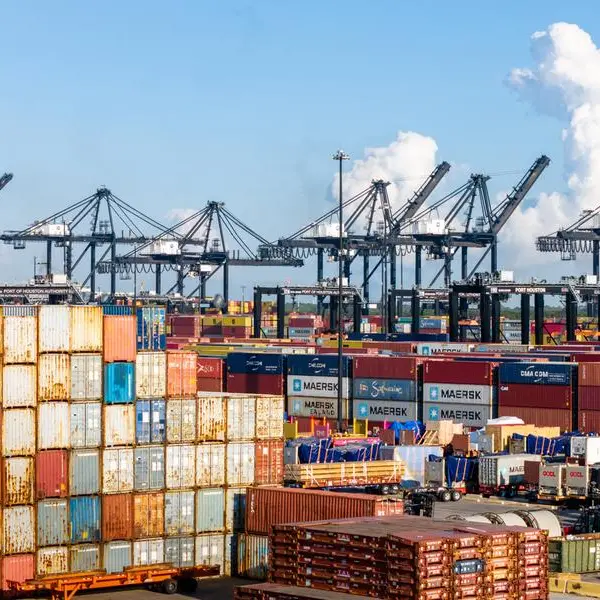PHOTO
In 2022, global public debt – comprising general government domestic and external debt – reached a record $92 trillion. Developing countries owe almost 30% of the total, of which roughly 70% is attributable to China, India and Brazil, according to the UN Global Crisis Response Group.
The report ‘’A world of debt: A growing burden to global prosperity'', said Public debt around the world has been on the rise over the last decades.
Cascading crises in recent years triggered a sharp acceleration of this trend. As a result, global public debt has increased more than fivefold since the year 2000, clearly outpacing global GDP, which tripled over the same time.
However, public debt has increased faster in developing countries compared to developed countries over the last decade.
The rise of debt in the developing world has mainly been due to growing development financing needs – exacerbated by the COVID-19 pandemic, the cost-of-living crisis, and climate change – and by limited alternative sources of financing.
Consequently, the number of countries facing high levels of debt has increased sharply from only 22 countries in 2011 to 59 countries in 2022.
Developing countries’ total public debt increased from 35% of GDP in 2010 to 60% in 2021. Similarly, external public debt, the part of a government's debt owed to foreign creditors, increased from 19% of GDP to 29% of GDP in 2021.
Comparing debt levels to developing countries’ ability to generate foreign exchange through exports shows that their ability to generate sufficient revenue to service their external debt obligations has also been deteriorating. The share of external public debt to exports increased from 71% in 2010 to 112% in 2021.
During the same period, external public debt service as a share of exports increased from 3.9% to 7.4%.
Private creditors, such as bondholders, banks, and other lenders, offer financing on commercial terms. In the past ten years, the portion of external public debt owed to private creditors has risen across all regions, accounting for 62% of developing countries’ total external public debt in 2021.
Currently, half of developing countries devote more than 1.5% of its GDP and 6.9% of its government revenues for interest payments, a sharp increase over the last decade.
The rise of interest payments is a widespread problem. The number of countries where interest spending represents 10% or more of public revenues increased from 29 in 2010 to 55 in 2020.
An increasing number of countries find themselves trapped in a situation where both their development and their ability to manage debt is compromised.
The United Nations has a road map of multilateral actions to address the global debt burden and achieve sustainable development, which focuses on three areas of action:
*Tackling the high cost of debt and rising risks of debt distress;
*Massively scaling up affordable long-term financing for development; and
*Expanding contingency financing to countries in need.
Currently at least 19 developing countries are spending more on interest than on education and 45 are spending more on interest than on health, said the report.
In total, 48 countries are home to 3.3 billion people, whose lives are directly affected by underinvestment in education or health due to large interest payment burdens. Around 3.3 billion people live in countries that spend more on interest than health or education, it added.
Copyright 2022 Al Hilal Publishing and Marketing Group Provided by SyndiGate Media Inc. (Syndigate.info).























